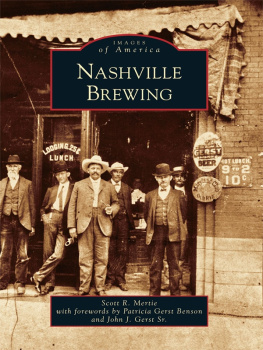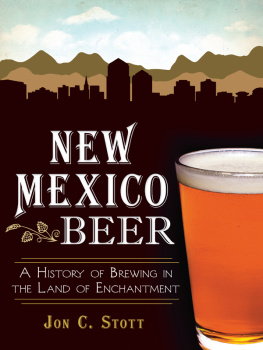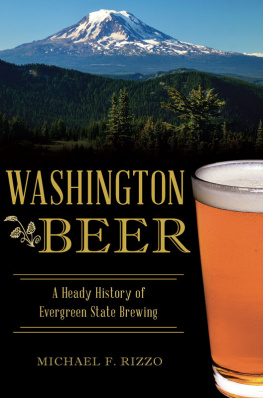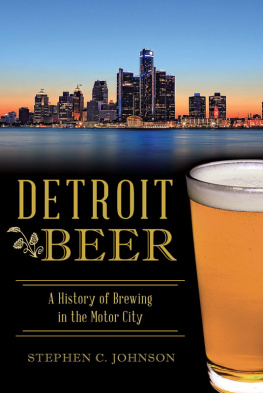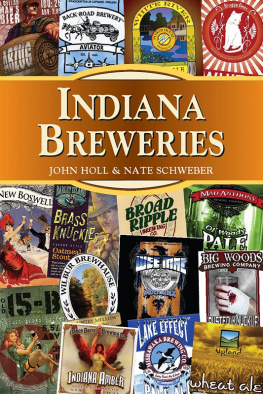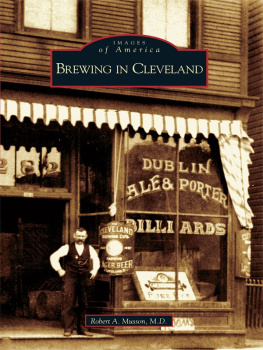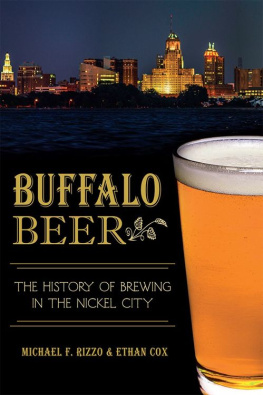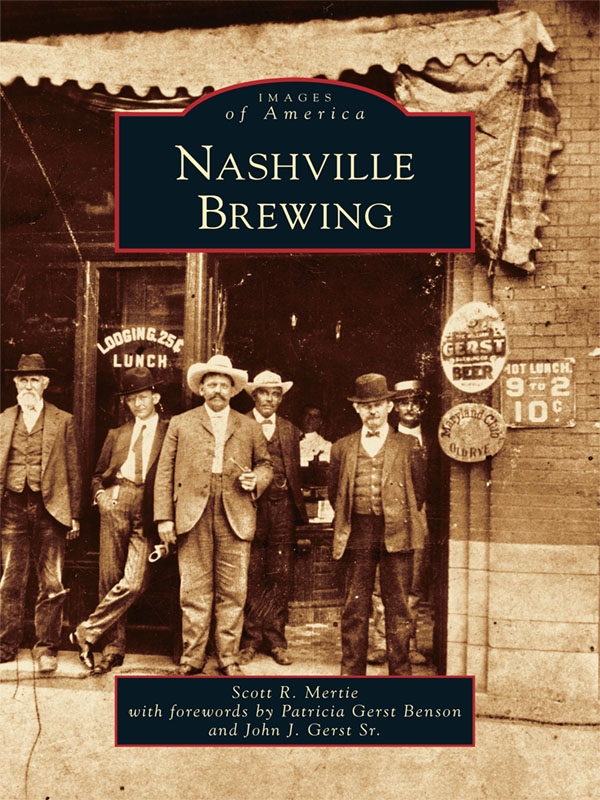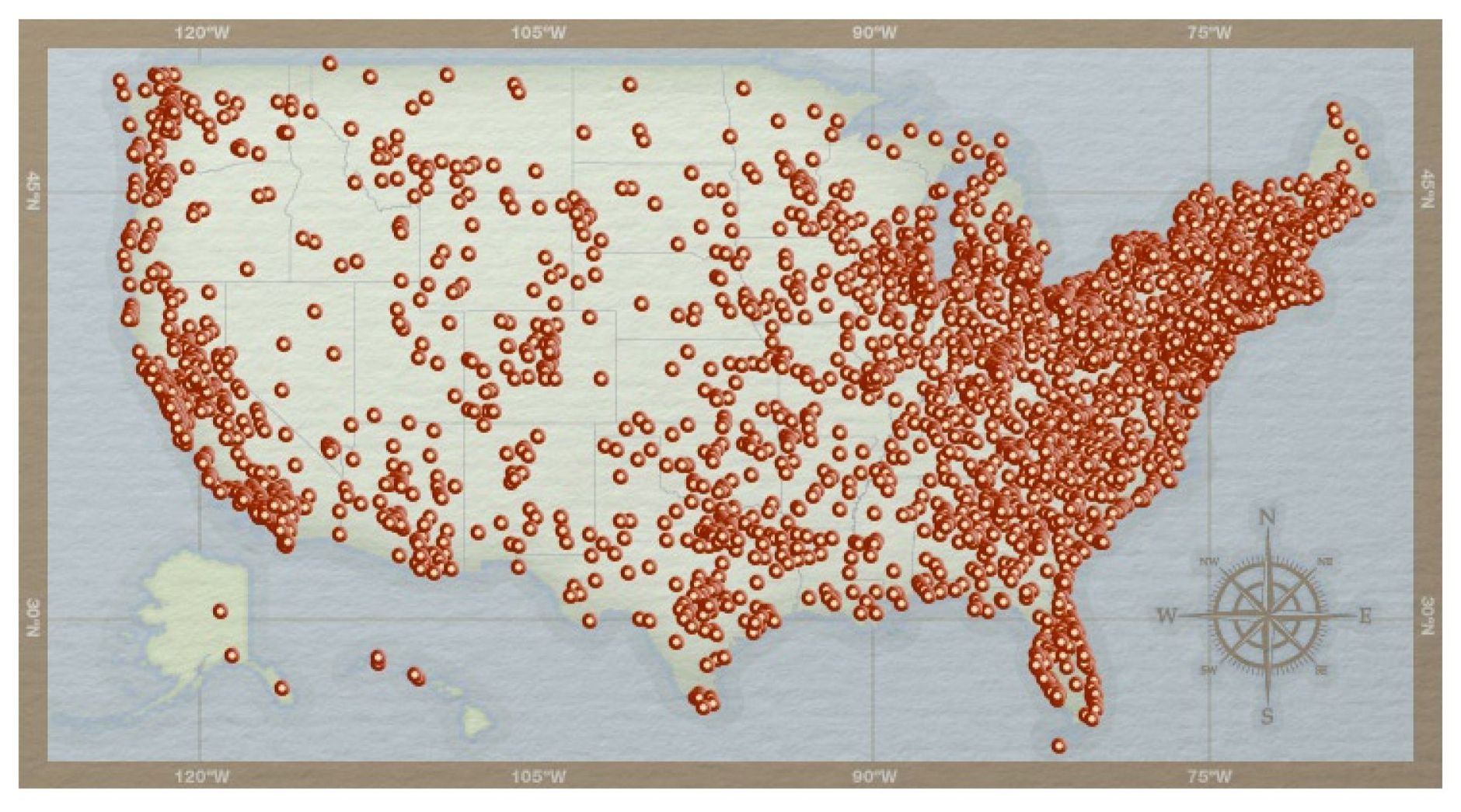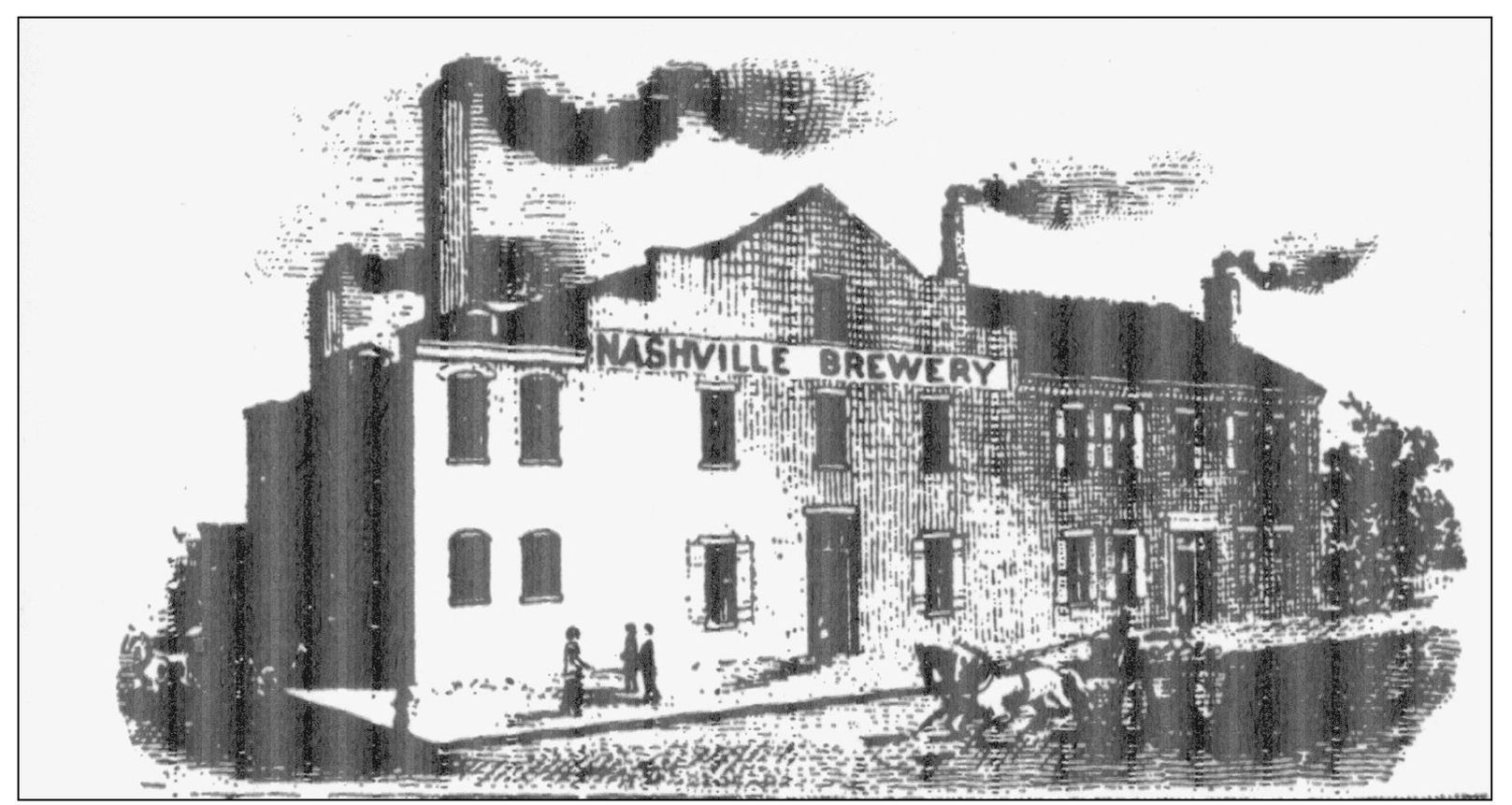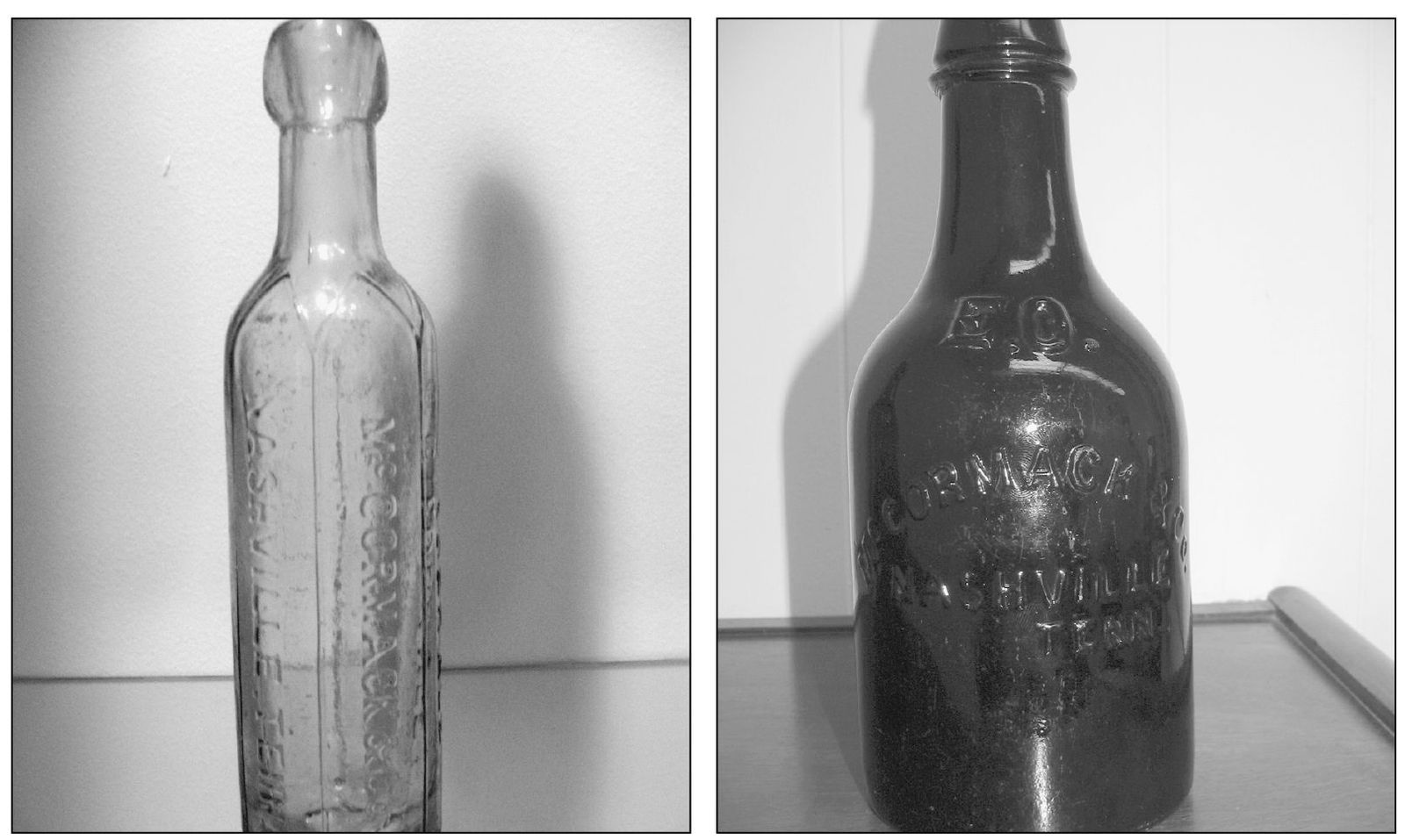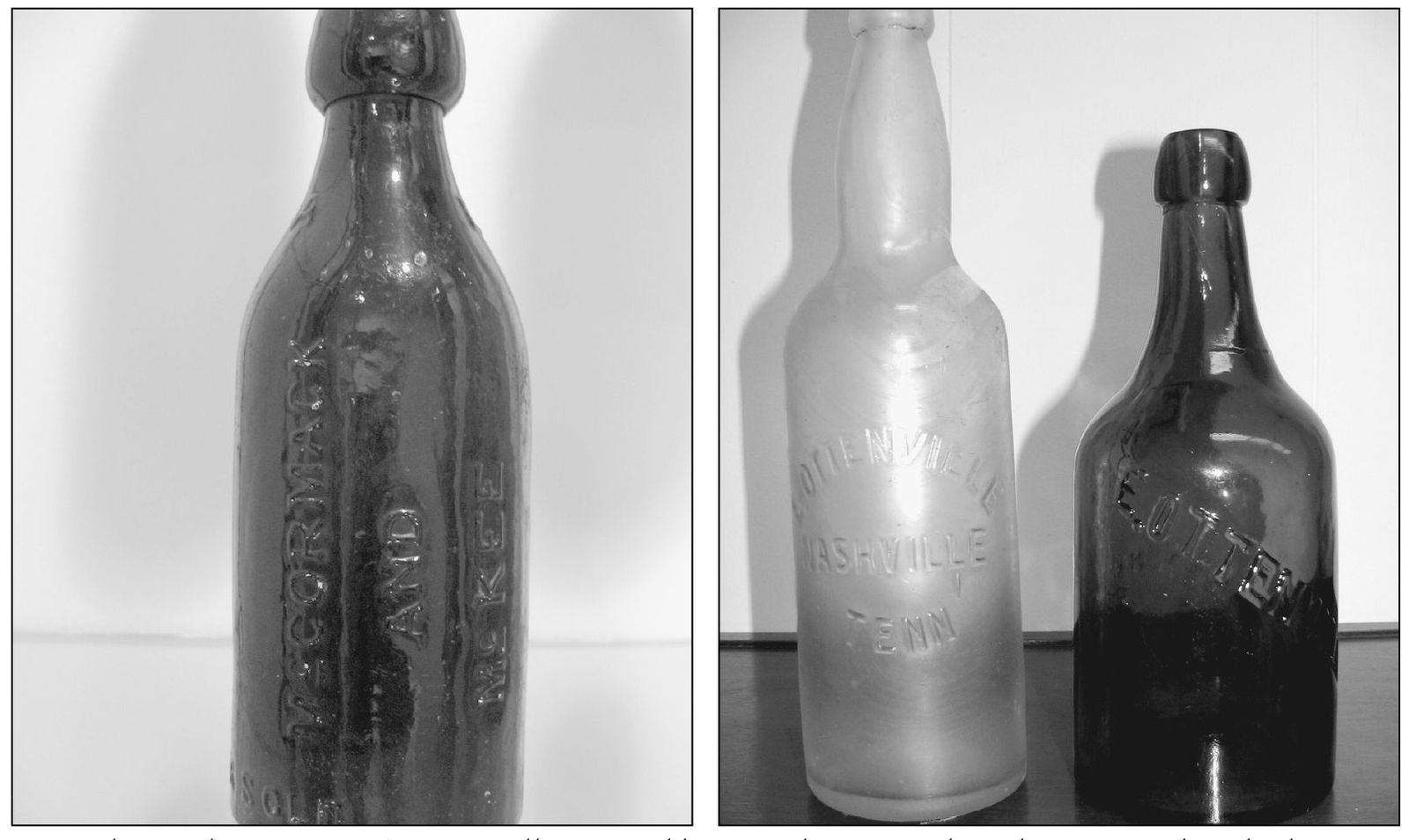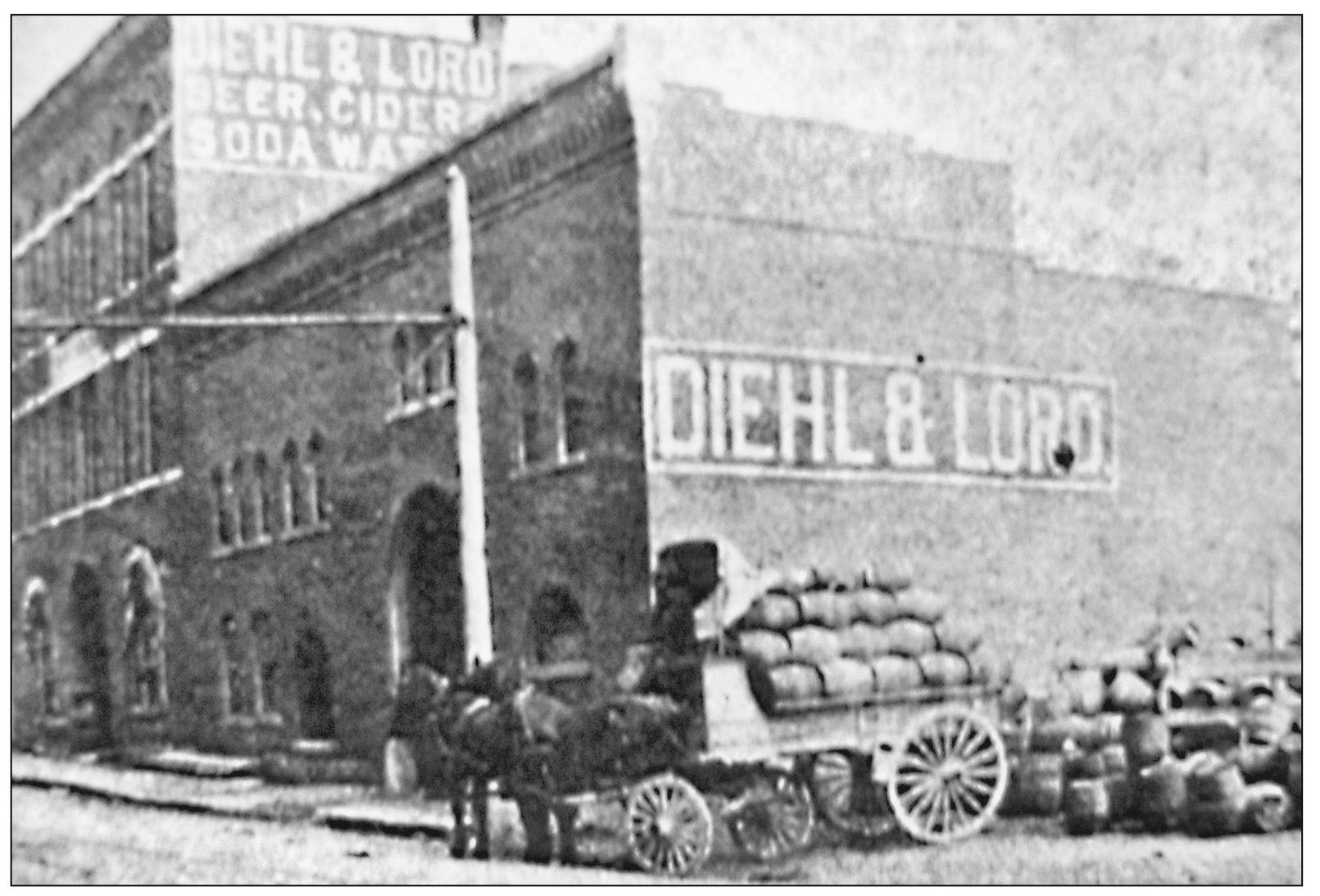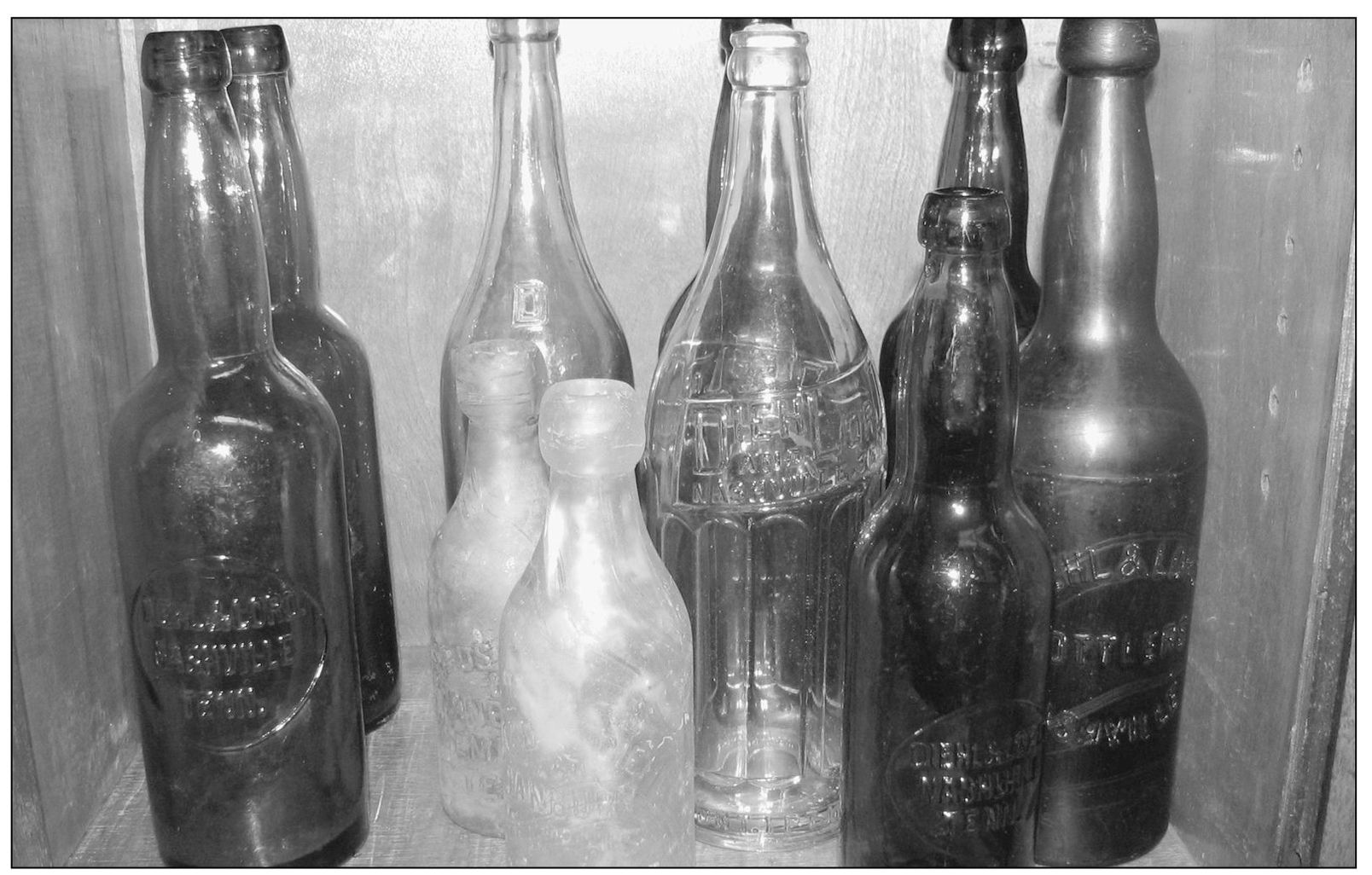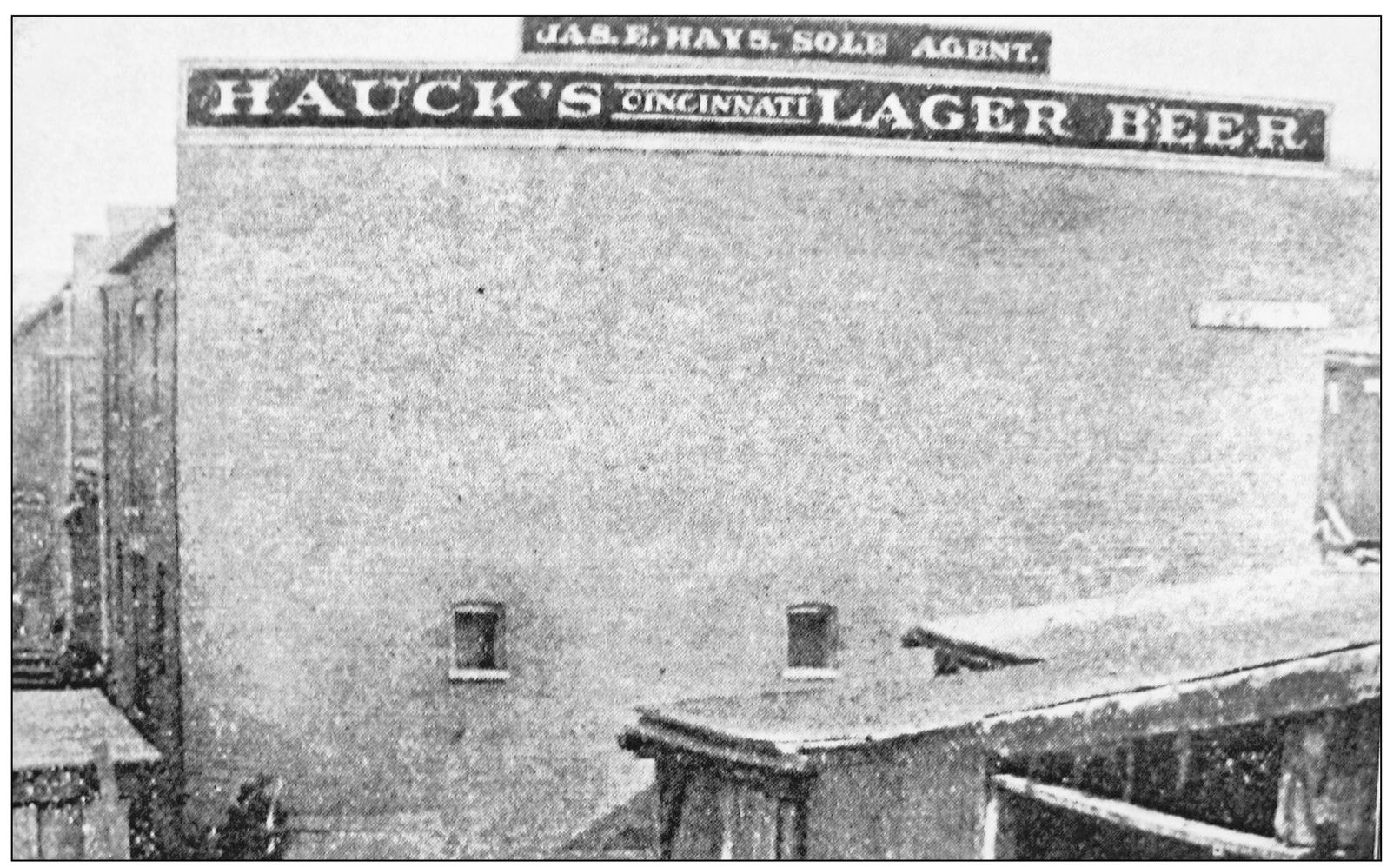ACKNOWLEDGMENTS
There are a number of people who provided invaluable help during the process of writing this book, and I will try to list them all here.
First I have to start out by thanking my parents, as without them, I probably never would have starting collecting beer cans and developed an interest in brewery history. My mom took my Cub Scout troop on a tour of the Anheuser-Busch brewery, and my father would bring me back beer cans from his international business trips. As a family, we went to some of the countrys first brewpubs and microbreweries during my teenage years. I can honestly say they are not the average set of parents.
I need to recognize the following friends and fellow collectors who helped contribute to this book: Shawn Cunningham, of the Goldcrest 51 collectibles club, for giving me his continuous support during this endeavor; John Boertlein and Kip Sharp offered their superb research materials; Norman Jay, Sam Hunt, and Terry Williams all provided photographs of their impressive collections; and Kimberly Holn, bar manager of the Gerst Haus, for putting up with my constant requests for photographing the interior of the restaurant.
The following people and organizations provided informative historical data and photographs for this book: Beth Odle and the Nashville Room staff of the Tennessee State Library, Karina McDaniel and the staff of the Tennessee State Library and Archives, Laura Carrillo and the staff at the Parthenon, Metropolitan Archives for Nashville and Davidson County, Elizabeth Dunham of the University of Tennessee Special Collections Library, and Randy Carlson of Carlsons Brewery Research.
Also I cant offer enough gratitude to Pat Benson, Jack Gerst, and Walter Diehl for allowing me to inquire into their familys personal history and for providing their family photographs and stories. I also need to thank Maggie Bullwinkel, acquisitions editor, and the rest of the team at Arcadia Publishing for assisting me through the writing, editing, and publishing process.
Finally I must thank my wife and best friend, Candy. Without her support and encouragement, this book would not have been possible. She has been the wind in my sails and bestowed me with her unconditional love; therefore I dedicate this book to her.
Find more books like this at
www.imagesofamerica.com
Search for your hometown history, your old
stomping grounds, and even your favorite sports team.
One
EARLY NASHVILLE BREWING
The Nashville Brewery changed hands several times since it first opened in 1859. This artists sketch appears as the only reference to Nashville brewing in the historical brewing reference book One Hundred Years of Brewing . The Nashville Brewery started as a small brewery built by Jacob Stifel located on the corner of Mulberry and South High Streets. It changed hands several times over the next 30 years until finally becoming the William Gerst Brewing Company in 1893. Other early Nashville breweries included McMormack and Company, E. Ottenville, W. Beaty, Crossman and Drucker, City Brewery, and the Union Brewery. (From the collection of Scott R. Mertie.)
Malachi McCormack starting brewing in Nashville in 1859 but moved to Louisville once the Civil War started in 1861. After the war, he moved back to Nashville and was operating the M. McCormack and Company brewery by 1871 at 105 Cherry Street. In 1872, McCormack had partnered with Eugene Ottenville, where they bottled under the name E. O. McCormack. The clear bottle shown on the left is from the M. McCormack and Company brewery, and the amber bottle is from E. O. McCormack. (From the collection of Terry Williams.)
Several years later, in 1875, Ottenville opened his own brewery where he operated under his own name until it closed in the mid-1880s. McCormack brought on another partner named McKee and brewed as McCormack and McKee for only one year. The bottle pictured on the left is from McCormack and McKee, while the two bottles on the right are from Ottenville. (From the collection of Terry Williams.)
Adam Diehl and George Lord formed a company in 1868 to distribute kegged and bottled beer from various midwestern breweries and water from Tennessee springs. In 1884, Diehl and Lord built this modern, three-story brick building on the corner of Front and Church Streets, where the Beer Sellar bar is located today. Such brands transported from the North include Lemps and Budweiser from St. Louis, Schlitz from Milwaukee, Lion from Cincinnati, and Cooks from Evansville. (From the collection of the Nashville Room, Tennessee Public Library.)
In addition to beer, Diehl and Lord also bottled cider and sparkling water, among other beverages. This postcard, postmarked October 29, 1883, boasts that its the Souths largest refiner of cider and steam bottlers for export lager beer. During this time, Diehl and Lord employed 50 people at the facility and other salesmen throughout the South. (From the collection of Walter Diehl.)
Early Diehl and Lord bottles included such varieties as blob-top sodas and Hutchinsons, as well as crock, blob top, and squat ale bottles. Many of these bottles are found throughout Nashville during demolitions and new construction digs. (From the collection of Terry Williams.)
The bottling area inside of the Diehl and Lord facility shows a huge production facility that was 100 feet by 120 feet. George Lord moved to Memphis to manage their other facility in 1878 and later retired in 1889. Adam Diehl continued to operate the company at several Nashville locations until he died in 1925. The business continued to operate until 1928, when it permanently closed, never seeing the end of Prohibition. (From the collection of the Nashville Room, Tennessee Public Library.)
James E. Hays was the sole proprietor for a beer distributing company located on the corner of Market and Gay Streets. This company was originally formed by E. Ottenville in 1875 and later became the Nashville Beer and Bottling Company before it was purchased by Hays in the 1890s. By the early 1900s, the Hays facility employed six wagons to distribute beer and was able to hold cold storage for 10 rail cars full of beer barrels. (From the collection of the Nashville Room, Tennessee Public Library.)

